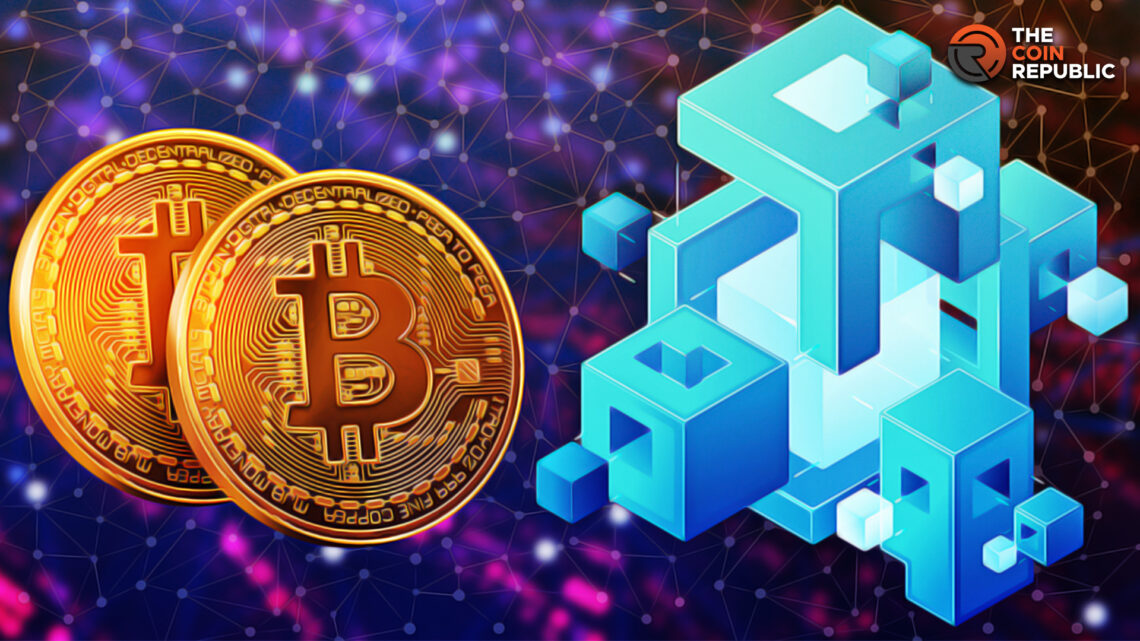- 1 The debate between cross-chain, multichain, and omnichain models underpins crypto’s future
- 2 Multichain Benefits: Composability and shared security in multi-app frameworks
- 3 Omnichain Vision: Universal composability with challenges and potential
As crypto networks proliferate, interoperability between chains is critical. Will decentralized finance converge on a cross-chain, multichain, or omnichain future? Each model has differing implications for composability, security, and innovation.
Tradeoffs of Cross-Chain, Multichain and Omnichain Models
In a cross-chain system, bridges allow assets and data to move between otherwise independent blockchains. But the operation is siloed within each chain. Cross-chain bridges like Wormhole and Celer Network provide basic transfer functionality between chains, like sending ETH from Ethereum to Solana. However, complex composability is limited.
A more integrated multichain framework has each chain interoperating through common standards and architecture. This allows the seamless composition of decentralized apps and services across chains. Multichains can have shared security models, allowing assets from one chain to be trusted in another. Cosmos, Polkadot, and Cardano aim to enable multi-asset and multi-app frameworks.
Critics argue that multichains still artificially fragment liquidity and development. Truly omnichain systems propose making all transactions universally composable, regardless of the underlying chain. Omnichains aims to be blockchain agnostic – working across chains without needing common frameworks. Essentially, an omnichain is one global virtual chain humans interact with, underpinned by many chains machines operate.
True omnichains remain conceptual, but some platforms like LayerZero and Connext are building the vision. They leverage message passing to offer unified addresses, liquidity pools, and application logic spanning chains. Users can access cross-chain apps with a single wallet and pay transaction fees in one currency.
Challenges and Possibilities of Cross-Chain and Omnichain Development
Developers can build cross-chain dApps with backends distributed across chains. By abstaining from chain-specific architecture, omnichains offer ultimate interoperability but could reduce the benefits of specialization. And omnichains face huge challenges around unified security, governance, and evolvability.
Right now, small proof-of-concept omnichains are being built. But scaling to securely serve global demand requires further research on new cryptography and decentralized economic models.
The optimal path is debatable. Multichains increase composability but concentrate power, with the chain rulers deciding standards. Omnichains promises open access but faces barriers to scalable implementation. An alternative is a hyperconnected infrastructure allowing cross-chain communication and asset transfers via the internet of blockchains.
Fragmentation from too many siloed chains is a risk if interoperability fails to advance. But some fragmentation allows customization, competition, and specialization. There are compelling arguments on all sides for integration versus autonomy between chains.
Conclusion
The future may involve a heterogeneous yet symbiotic web of chains with the best features of each model. Sovereign chains optimized for niches like stores of value or smart contracts could exist in parallel with bridges, pipelines, and common APIs, enabling cross-chain capital and data flow. Omnichain, multichain, and cross-chain designs can co-exist across layers to enhance global blockchain interconnection.

Adarsh Singh is a true connoisseur of Defi and Blockchain technologies, who left his job at a “Big 4” multinational finance firm to pursue crypto and NFT trading full-time. He has a strong background in finance, with MBA from a prestigious B-school. He delves deep into these innovative fields, unraveling their intricacies. Uncovering hidden gems, be it coins, tokens or NFTs, is his expertise. NFTs drive deep interest for him, and his creative analysis of NFTs opens up engaging narratives. He strives to bring decentralized digital assets accessible to the masses.


 Home
Home News
News








